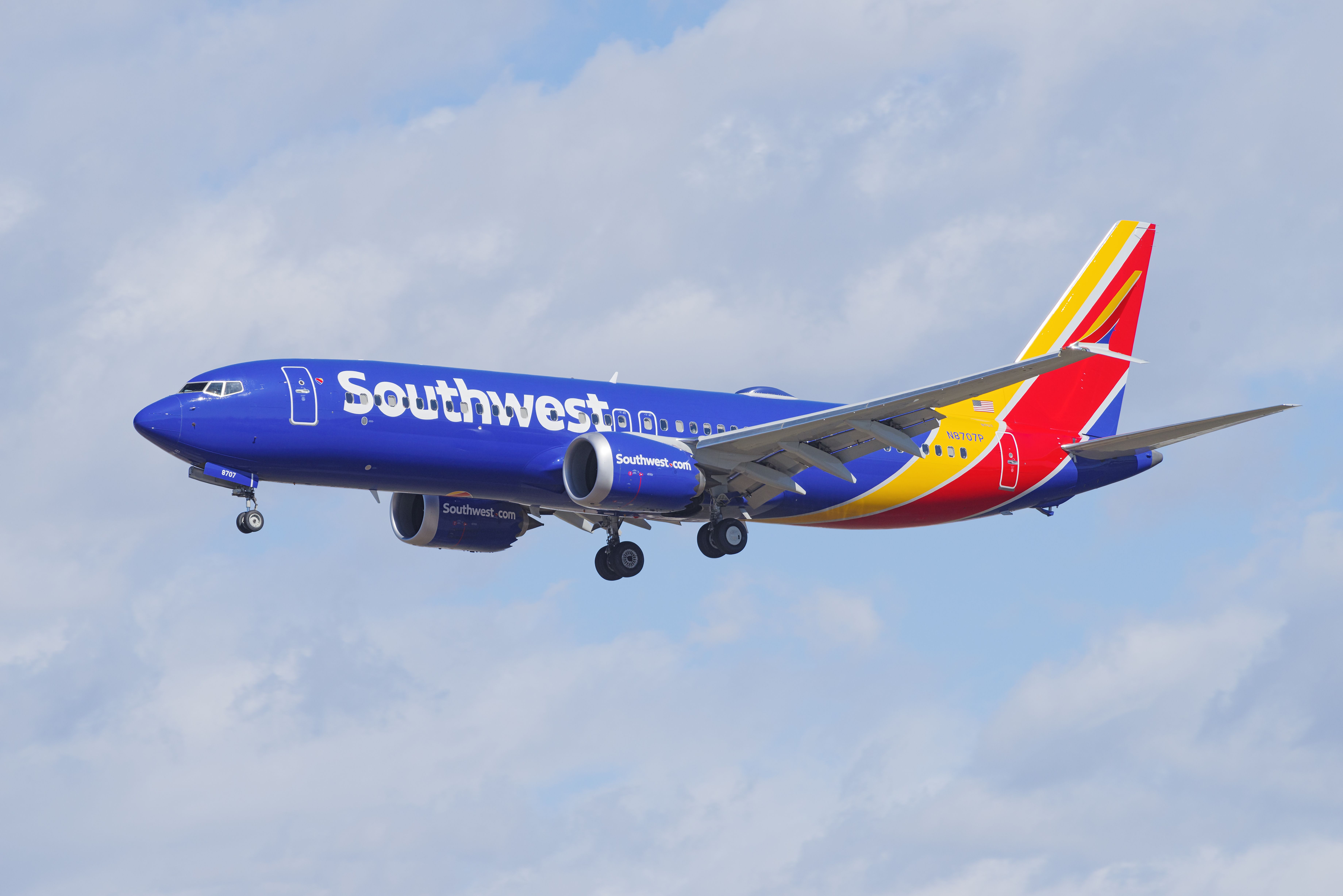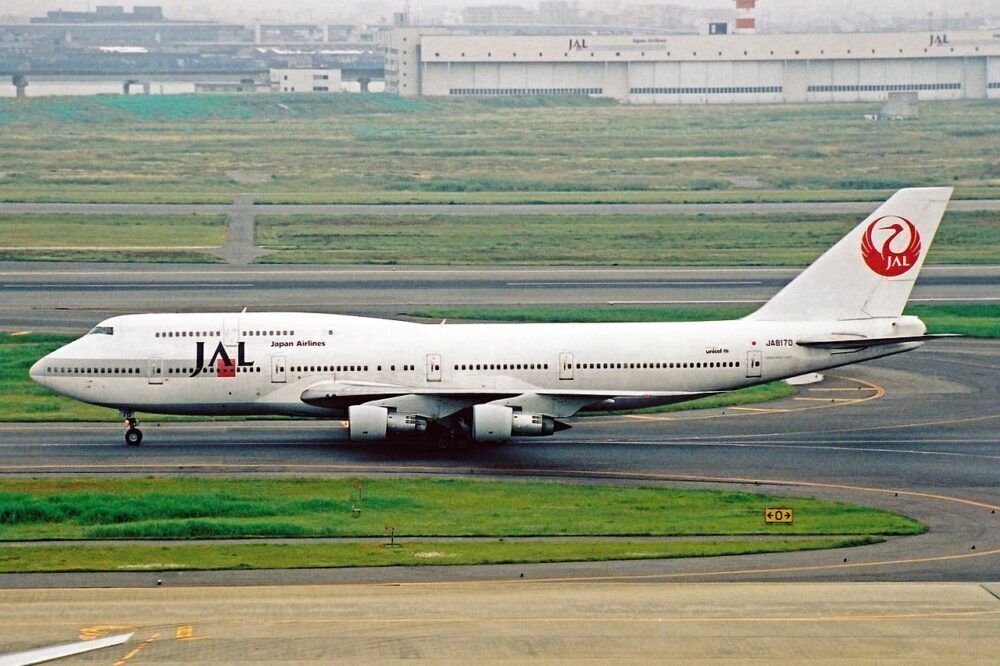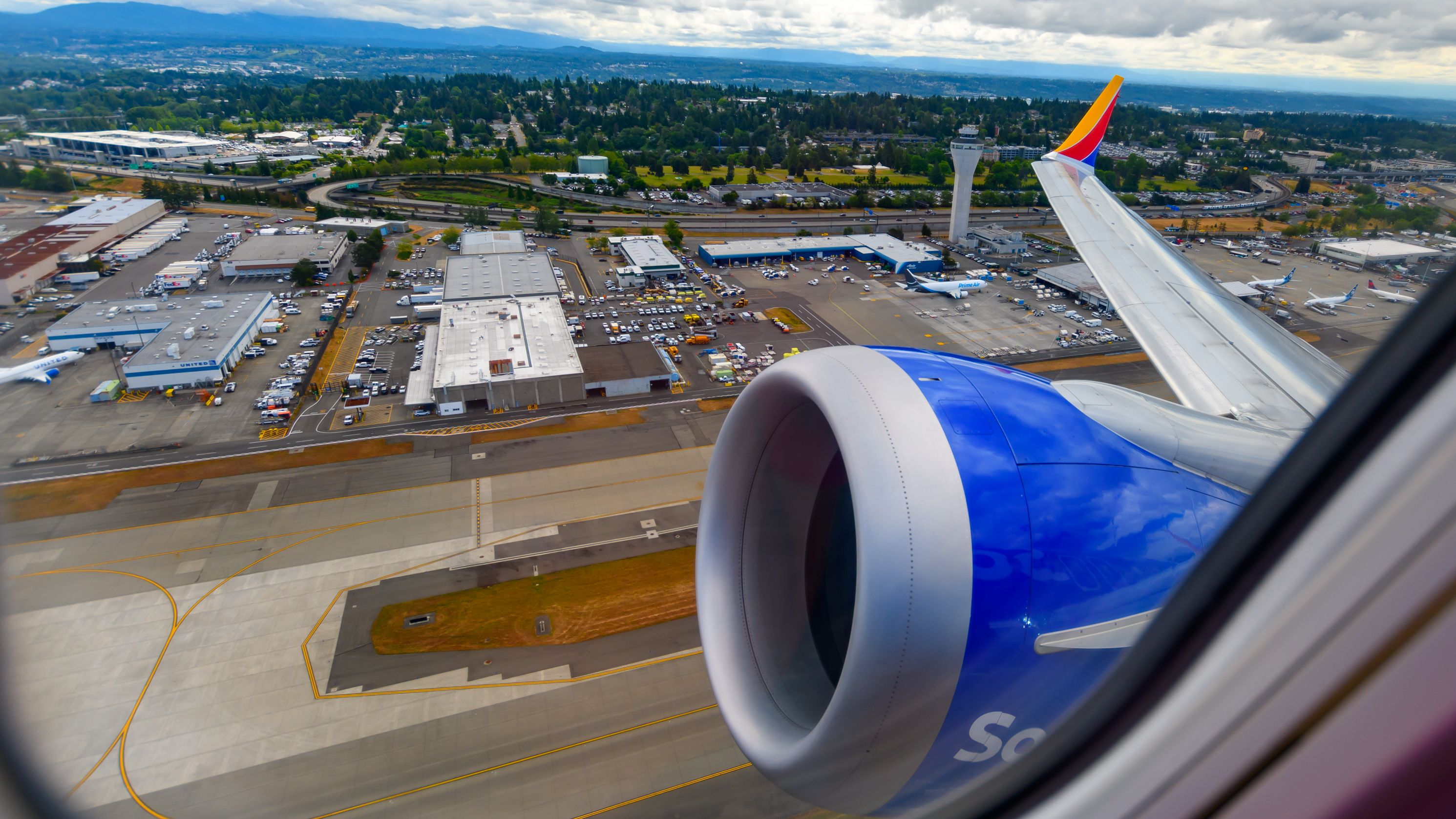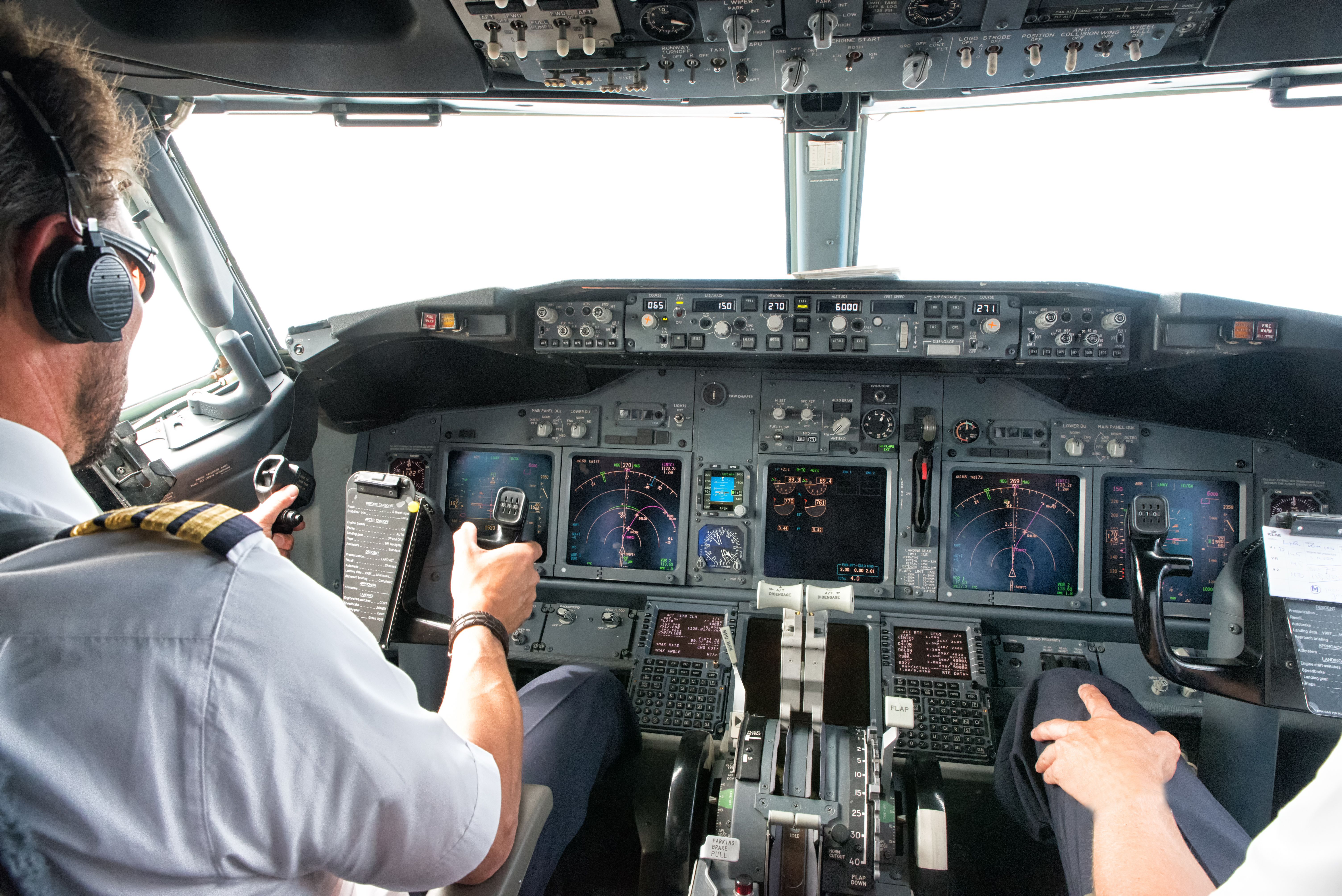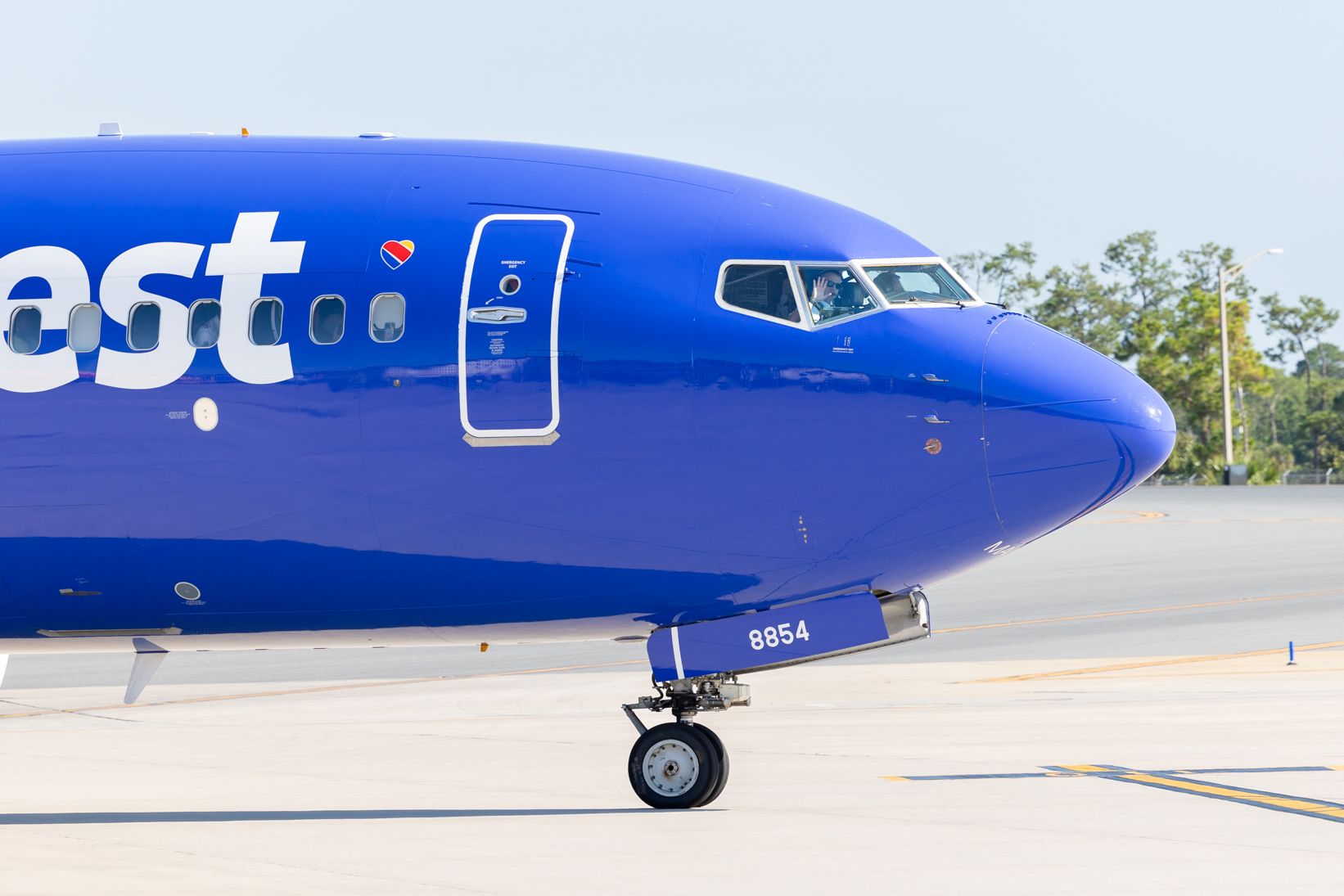Safety
incidents in the aviation industry are not uncommon, but the complexities surrounding each aircraft might make the nature of some incidents difficult to understand. The science of flight requires extensive research and examination. As aircraft manufacturers across the industry have embraced innovation over the years, aviation has become safer than ever. However, some incidents, whether it be the aircraft or operator, are likely to occur.
Thankfully, deadly events have seemingly been declining
, but that does not mean that pilots, air traffic controllers, and other important individuals within the industry should let their guard down. As the world has witnessed in recent years, even minor production flaws can result in catastrophic disasters. One particular incident that occurred earlier this year was not deadly, but may have been an occurrence that some have not heard of before.
A Southwest Airlines flight in May experienced an event known as a Dutch roll, which reportedly caused damage to the aircraft
.
What is a Dutch roll?
Adding on to the Boeing 737 MAX’s poor reputation, the National Transportation Safety Board (NTSB)
investigated WN746, which operated from Phoenix Sky Harbor International Airport (PHX) to San Francisco Bay Oakland International Airport (SFO) on May 25th. The so-called Dutch roll happened around 8:00 while the aircraft was flying at its cruising altitude of 34,000 feet. There were 175 passengers and six crew members onboard, and no injuries were reported.
Photo: Angel DiBilio | Shutterstock
Although the incident occurred at the end of May, reports did not begin to swirl around until weeks later. It was also discovered that the specific aircraft had sat on the ground through a storm before it operated WN746.
The term Dutch roll may sound like a delicious treat, but it is far from that in aviation, according to the NTSB.
“A Dutch roll is a coupled oscillation in an airplane’s yaw and roll axes, inherent to the flight dynamics of all conventional airplanes.”
According to Daniel Kwasi Adjekum, an assistant professor in the University of North Dakota’s aviation department, who spoke to Travel + Leisure, “it is the series of out-of-phase turns when the aircraft rolls in one direction and yaws [twists] in the other.”
Although rare, Dutch rolls can also result in crashes. On August 12, 1985, a Japan Airlines (JAL) Boeing 747 carrying 509 passengers and 15 crew members onboard experienced a structural failure and decompression inflight. As a result, the aircraft’s aft pressure bulkhead ruptured, causing the pressurized air in the cabin to blow out and break off the Auxiliary Power Unit (APU) and portions of the tail cone. This forced the plane’s vertical stabilizer to break off, and all four hydraulic systems to fail, which made the flight control surfaces inoperable.
The plane flew with “severe Dutch roll and phugoid motions” for more than 30 minutes before it crashed into Mount Osutaka, killing all onboard.
Three main characteristics
While the dutch roll movements can happen naturally, they are not common on commercial aircraft since the planes have yaw dampers that are responsible for safely correcting any unexpected movements, unlike fighter jets or other aerobatic aircraft. According to Airways Magazine, the term Dutch roll got its name as it closely resembles the movement of ice skaters performing a particular skating maneuver. It has three main characteristics:
- Oscillatory motion causes noticeable side-to-side and up-and-down movements resulting from an aircraft oscillating between rolling and yawing
- When roll and yaw motions are interconnected, it is known as coupled motions and means the aircraft is rolling to one side as it yaws in the opposite direction
- Damping comes from stability augmentation systems or specific design features that mitigate the intensity and duration of the oscillations
Photo: Joe Kunzler | Simple Flying
The pilots of WN746 recognized that the 737 MAX 8
was making irregular movements and stabilized the aircraft. According to the Associated Press (AP), investigators discovered that the plane was parked outside during a strong storm before it flew from PHX to OAK. Southwest reportedly performed routine maintenance on the aircraft, but pilots noticed that its rudder petals were moving irregularly.
After the aircraft landed, Southwest found fractures in its metal bracket and ribs that housed the rudder system’s backup power control unit. The damaged parts were sent to investigators in Ogden, Utah, to be examined. The plane was grounded for over a month, but returned to service in July.
The probable causes
A Dutch roll is caused by three factors, according to Airways Magazine, which cites Flight Stability and Automatic Control by Dr. Robert C. Nelson and Aircraft Dynamics: from Modeling to Simulation by Marcello R. Napolitano:
- The aerodynamic design of an aircraft, such as its wings and tail, can make it susceptible to a Dutch role, especially aircraft with swept wings
- If there is an imbalance between the directional stability and later stability of an aircraft – Dutch rolls are more prone to planes with high lateral stability, which results in a resistance to rolling, but have lower directional stability, which is a resistance to yawing
- Pilot error could also lead to a Dutch roll, such as incorrect or delayed inputs into the aircraft’s flight system
Photo: Atosan | Shutterstock
Travel + Leisure also cited Boeing for saying that Dutch rolls can also be caused by wind.
Older aircraft were built without yaw dampers, which means pilots
will have to step in to save the plane from the phenomenon. They can manually control an aircraft’s rudder and counteract the Dutch roll. According to Pilot Mall, one of the first Dutch roll incidents occurred on a 707 prototype in 1955. Pilot Tex Johnston regained control of the plane during a demonstration flight.
Pilots are trained to handle a Dutch roll, but it can cause adverse effects for passengers. According to Travel + Leisure, it can be uncomfortable for travelers or even result in nauseousness or airsickness.
“My only advice for passengers is always to be strapped in with their seat belts when seated to ensure their safety in case of such events,” said Adjekum.
Photo: Southwest Airlines
Although WN746 was operated by a 737 MAX 8, former pilot John Cox told the AP, that the Dutch roll was likely not an issue specifically related to the MAX.
“I do not see this as a Max issue. I do not see this right now as a 737 issue,” he said. “I see this as a one-off.”
The NTSB is still investigating the incident to determine a probable cause.


